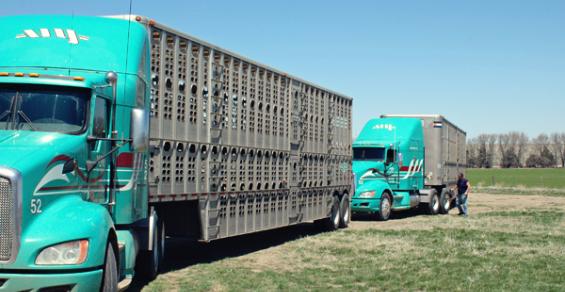How useful is the feeder cattle contract? After all, it doesn’t attract much open interest or trading volume, it tends to be volatile with an uncertain basis and the stocker segment of the beef business is by far the most fluid and difficult to pin down.
“Many of these problems became visible when the unprecedented rally of 2014 enticed many feeder cattle hedgers to sell into the market too early, causing them to leave opportunity from the top side of the rally on the table,” say Rabobank Senior Analyst Don Close and Senior Data Analyst Al Griffin, in a recent report on the feeder cattle basis.
“This was followed by the substantially deeper break in the market during the second half of 2015 and 2016, when price declines started earlier and declined much deeper than was expected,” the analysts say. “This transitioning market has caused increased volatility, resulting in wide basis swings that have led to frustration among all market segments.”
The analysts say there are two clear questions with regard to feeder cattle risk management: Is the feeder cattle contract valid and how can the volatility be managed?
With regard to the first question, the analysts believe the feeder cattle contract is still viable and that efforts to support trade volume to increase liquidity will further improve its usefulness in risk management.
And, while the cattle market is inherently volatile, the 2014-2016 period was unusually so. “While market volatility has not returned to pre market rally levels, evidence suggests the cyclical period of extreme volatility has passed, with the market returning to more predictable levels,” the analysts say.
But there are concerns. “However, the biggest risk to the feeder contract is the widening gap in open interest between the live cattle and feeder cattle contracts. As the trade volume between the two contracts widens, we see increased vulnerability—with the weight of spreading and crush trades derived in the live cattle market simply overpowering the feeder cattle contract, making prices nothing more than a reflection of the direction of the deferred live cattle contracts.”
One factor in the fist fight between big brother and little brother in the cattle markets is the feeder cattle basis. The cash market for feeder cattle is very regionalized, so it makes sense that the basis, which is the difference between the cash price and the futures price where futures is subtracted from cash, is also regional.
The Rabobank analysts took the 12 states that comprise the CME Feeder Cattle Index and broke them into five regions. Region 1 is Montana and Wyoming; Region 2 is Nebraska and the Dakotas; Region 3 is Iowa and Missouri; Region 4 is Kansas and Colorado, and; Region 5 is Texas, Oklahoma and New Mexico. Their analysis found that Regions 1 and 2 tend to hold a premium basis over time, Region 3 has a neutral to slightly positive basis, Region 4 has a neutral to slightly negative basis, and Region 5 has a slightly negative basis over time.
“Weighted distribution of supply shows that hedgers in Regions 4 and 5 have the greatest share of representation—and as a consequence, they should see the highest level of consistency in basis throughout the year,” Close and Griffin say. “Region 3 has the most stable representation, which should provide stability. Regions 1 and 2 have a pattern of positive basis, but the smallest representation in weighted value.”
The analysts note that the auction markets comprising the CME index are not distributed equally throughout all geographies. That’s a key consideration producers should take into account when establishing a hedging program. In production areas outside the 12-state region, where cattle often head to different feeding regions, it may be best for producers to take an average basis of two areas to create the best fit, the analysts conclude.




Leave A Comment